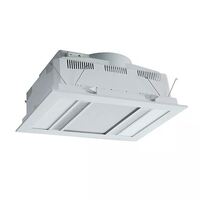
Martec Phoenix 3-in-1 Fan, Heater, Light & Exhaust
Model # MBHP1000W
$324.50 $295.00 ex GST
Need Help?
Need Help?

Martec Phoenix 3-in-1 Fan, Heater, Light & Exhaust
Model # MBHP1000W
$324.50 $295.00 ex GST
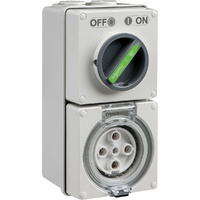
Clipsal Easy56 Round 5 Pin 32A Switched Socket
Model # EY56C532
$150.04 $136.40 ex GST

Clipsal Wiser Smart Smoke Alarm with 10 Year Lithi
Model # CLP599WSAL
$145.20 $132.00 ex GST
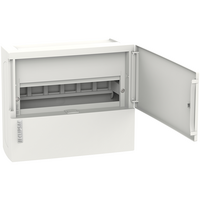
Clipsal Resi MAX 1 Row 12 Pole Surface Mount Switc
Model # RMXE112S
$44.33 $40.30 ex GST
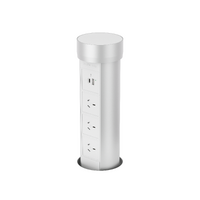
Point Pod Multi Pop Up Powerpoint 3 x Power 2 x US
Model # PPM01
$490.50 $445.91 ex GST
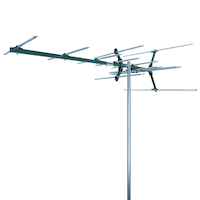
Matchmaster 03MM-DC21V Digital TV Antenna
Model # 03MM-DC21V
$137.50 $125.00 ex GST
 Click here to see our huge range
Click here to see our huge range
Date Posted:30 January 2024
Whether you want to renovate your home, upgrade your lighting or simply enhance the aesthetics of your living spaces, selecting the right LED downlights is crucial. In this guide, we’ll explore key considerations to help you navigate the vast array of options and choose the perfect LED downlights for you. With the right lighting solution, you’ll be able to effectively illuminate your world and elevate the style and functionality of your surroundings.
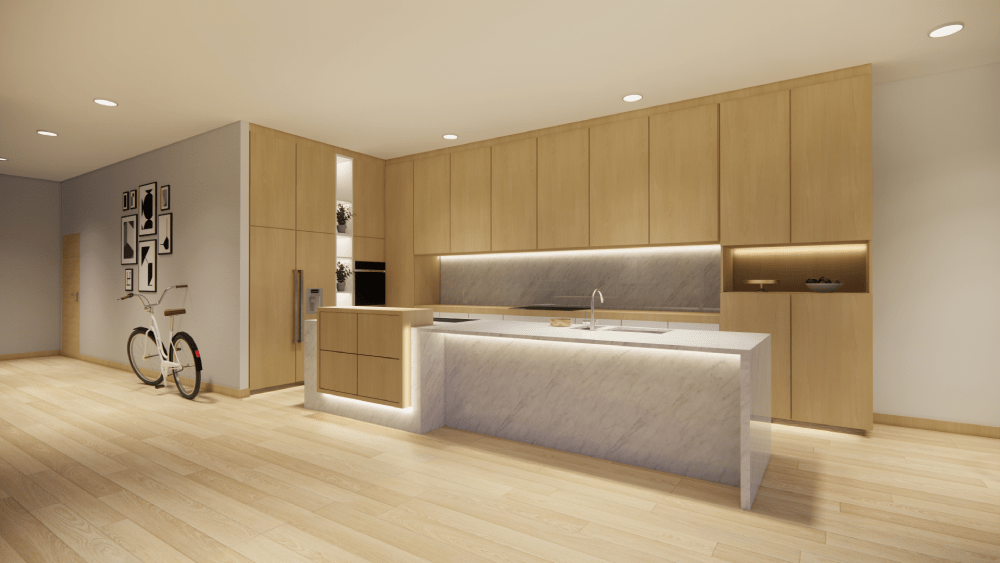
Downlights are common fixtures in contemporary homes, valued for their subtle yet effective general lighting. Instead of hanging down like traditional pendant or chandelier lights, downlights are set into the ceiling, directing light downward. They’re often used in residential and commercial spaces for general lighting, task lighting or accent lighting.
When thinking about wattage, aim for energy-efficient downlights that deliver a strong beam. A typical 10W LED downlight can produce a beam twice as bright as a 55W halogen. Energy-saving options range from 4.5 watts to 14 watts in LED, providing versatility in choosing the best fit.
If you’re not familiar with the term ‘colour temperature’, it refers to the colour appearance of light emitted by a light source. It’s measured in Kelvin (K) and is used to describe whether a light source emits warm or cool light. As a general rule, you should choose cool white for rooms such as kitchens or laundries that tend to get hot. In spaces like bedrooms or living rooms, you’re more likely to want warmth and intimacy, which is better achieved with warm lights.
The beam angle of a downlight refers to the spread of light that the fixture produces. It’s typically measured in degrees and defines the cone of light that extends from the light source to where the illumination is most intense. Since they’re recessed, most downlights have a beam angle of just 45°, while regular lights have a 360° beam angle. To make up for this, we recommend downlights with a wider beam of 60°. These are particularly good for spaces that benefit from soft, diffused lighting, such as living rooms. In the kitchen, however, you’d be better off with concentrated lighting to illuminate surfaces. In this case, you should go for a narrower beam of 25°. Whatever the room or its size, wide angles that create pools of light will probably be the better choice aesthetically. You should also note that the distance between your lights will make a difference in your decision-making process—with lights that are spaced apart requiring greater beam angles.
The Colour Rendering Index assesses how accurately a light source reveals the true colours of objects compared to a natural or ideal light source. The CRI scale ranges from 0 to 100, with a higher value indicating better colour rendering. For example, a CRI value of 100 would indicate that colours under this lighting appear exactly as they would under natural light. This kind of CRI is handy in settings where accurate colour perception is essential, such as in art galleries, retail environments and design studios. For around the home, however, you only really need a CRI of about 80–90—but it’s up to you!
To make your life easier, it’s good to consider the lifespan of your lights. The lifespan of LED downlights is 50,000 hours, which is around 27 years if switched on for five hours a day. This makes them a very convenient and cost-effective option. LED downlights are also very energy-efficient, making them a more environmentally friendly choice.
The insulation contact rating indicates whether the downlight can be safely installed in direct contact with insulation material in the ceiling. IC-rated downlights have a built-in thermal protection feature that prevents the fixture from overheating when covered with insulation. This is crucial for maintaining fire safety standards. If your ceiling has insulation or if you plan to install insulation in the future, it’s generally recommended to use IC-rated downlights. If not, then non-IC-rated downlights are fine, so long as they continue to maintain a certain distance from any insulation.
Before you choose your downlights, you should consider whether or not you want dimmable lights. Dimmable downlights give you the flexibility to adjust the intensity of your lights for different activities, moods or times of the day. This not only enhances ambience but also contributes to energy efficiency, as it lets users reduce light levels when full brightness isn’t really needed. If you’re going to use light-level dimmers, make sure you install dimmable LEDs that are compatible.
In the pursuit of the perfect LED downlights for your space, there are many things to consider. It’s important to think about your intentions for a space—what you might need it for, what vibe you want to achieve—rather than simply follow trends or pick up the first LED light you see. Fortunately, MJS Electrical Supplies offers a range of high-quality LED downlights so that you don’t have to limit your choices. With a catalogue like ours, you can find the absolute best lighting options for both your budget and your space. Explore our website today, and enjoy your new and improved lighting!

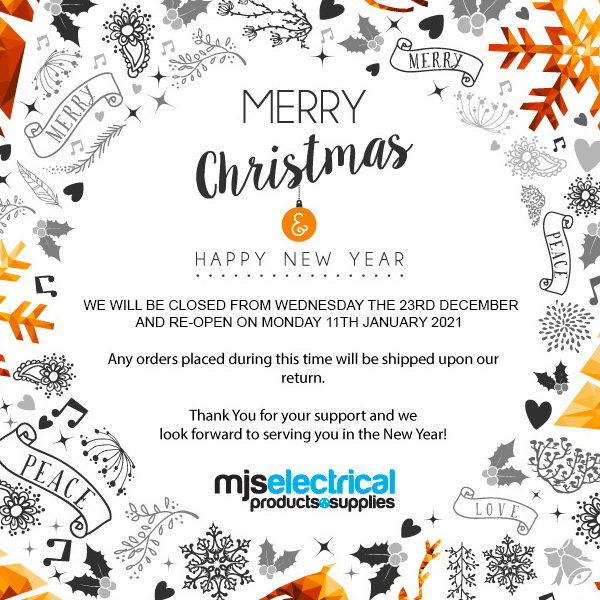


Add your favourites to cart

Select Afterpay at checkout

Log into or create your Afterpay account, with instant approval decision

Your purchase will be split into 4 payments, payable every 2 weeks
All you need to apply is to have a debit or credit card, to be over 18 years of age, and to be a resident of country offering Afterpay
Late fees and additional eligibility criteria apply. The first payment may be due at the time of purchase
For complete terms visit afterpay.com/terms
